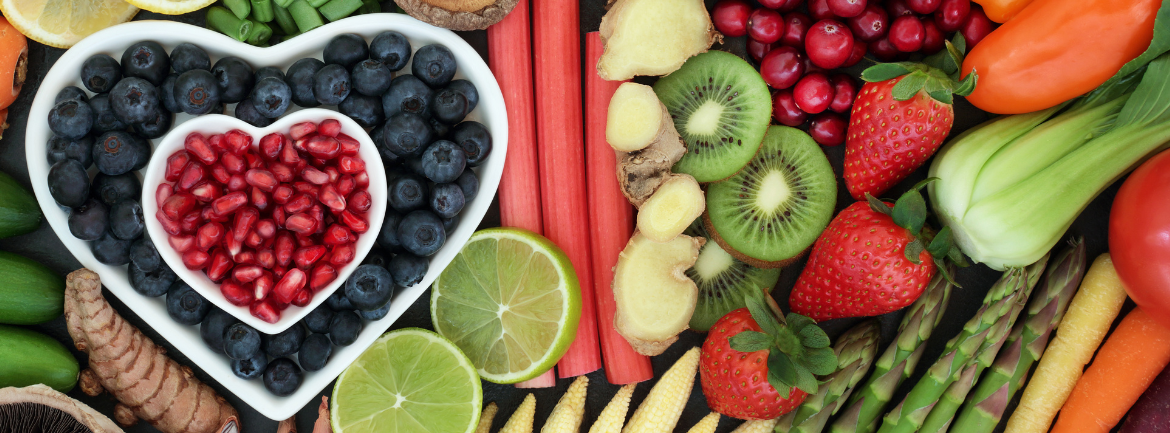An apple a day keeps the doctor away… if only it was that simple! Healthy eating can be tough to navigate, especially if you have a learning disability. In this blog, we explore healthy eating for people with learning disabilities through activities and play. Have you got any ideas? Get in touch! We’d love to share your thoughts with our trainees.
Healthy eating for people with learning disabilities
Public Health England says that people with learning disabilities are less likely to eat a balanced diet with lots of yummy fruit and vegetables. The majority of adults with learning disabilities don’t follow a healthy diet because they struggle to see the benefits of it. As a learning disability day centre, we’ve made it our mission to teach our trainees all about healthy eating and making great meal choices.
Healthy eating activities for adults with learning disabilities
#1: Shop for affordable healthy foods
Healthy food is generally more expensive than junk food, but there are more affordable shops to try. Our favourites are Aldi and Lidl. These two supermarkets are great for proteins like chicken and steak, and they sell lots of yoghurts, smoothies, and fresh fruit and veg for you to try. If they don’t already, why not ask your carer or trainer to accompany you whilst healthy food shopping? We bet they’ll be able to help you decide which foods are healthy and those that are best saved as a treat.
At Case, we take our trainees out to the supermarket as part of our independent living skills sessions. They learn how to do everything for themselves, including choosing healthy options, scanning items at the till, and paying. Learn more about our independent living skills sessions here.
#2: Create a healthy eating sensory tray
Textures play a big role in our food choices – this is especially true if you have a learning disability that impacts your senses. A great way to explore food and the senses is by creating a healthy eating sensory tray with the help of your carer, trainer, or friends. Simply grab a tray and fill it with foods of all different shapes, sizes, and textures. Some foods will be slimy, some squidgy, others hard and crunchy. Which foods do you want to try after feeling around your sensory tray? You might surprise yourself!
#3: Eat the rainbow
Dieticians everywhere recommend `eating the rainbow`, which means choosing fruit and vegetables of all different colours to create a varied and nutritious diet. For example, red fruits contain antioxidants and dark green veggies are packed with iron. How pretty can you make your plate look?
#4: Healthy eating worksheets for learning disabilities
There are heaps of healthy eating worksheets online that you can download and share with your peers, or you can ask a trainer to print some out. If you’d rather read than do, our friends at Mencap have created a brilliant pack to help you understand your food choices and how they affect your health. It contains a healthy eating plan for learning disabilities plus much more.
Similar blogs based on healthy eating for people with learning disabilities
An Easy Italian Meal: Symbol-supported Text Recipe
Looking for an Inclusive Cooking Book? Try Visual Recipes with Symbol-supported Text


